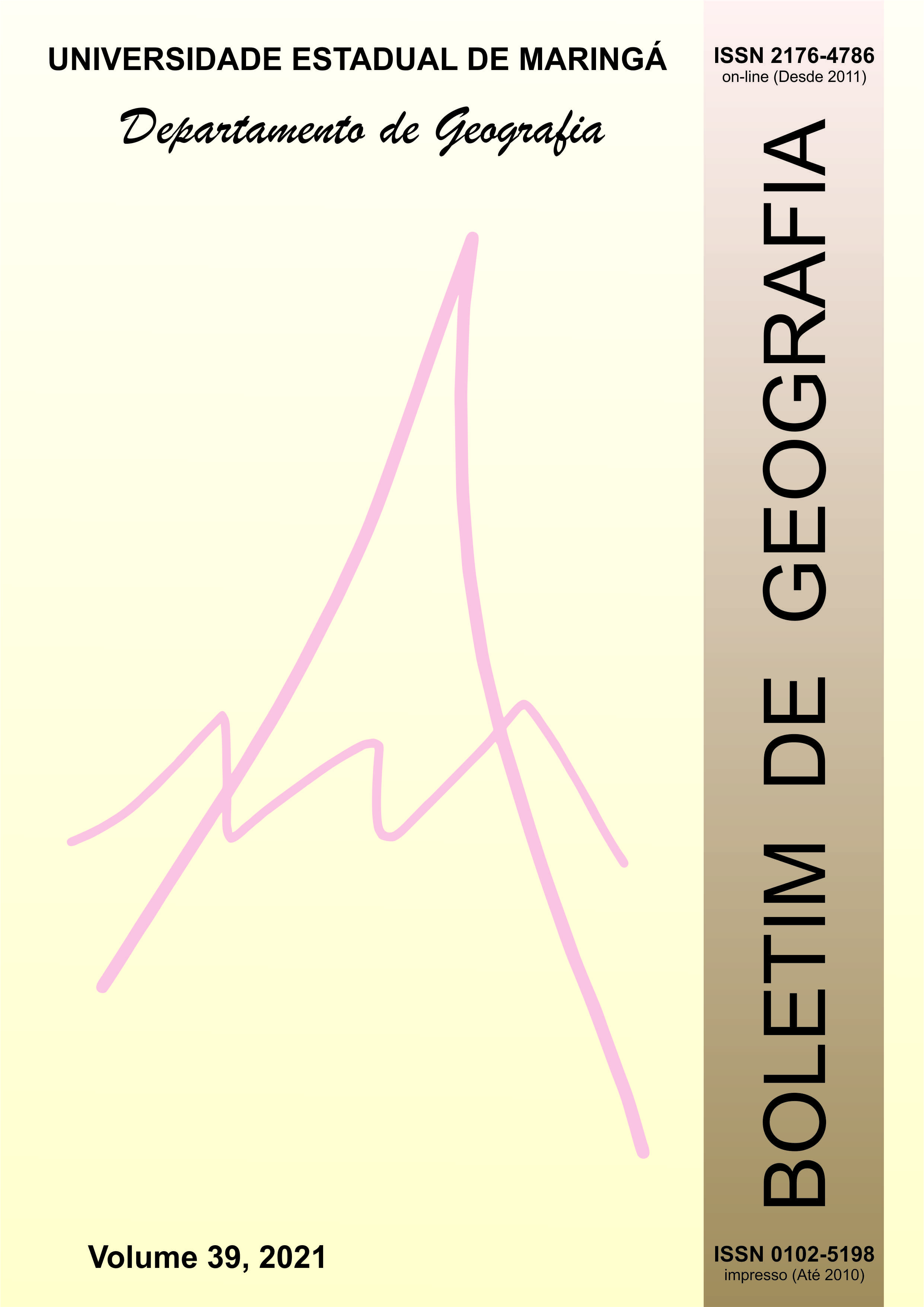Urban insecurity and imaginaries of horizontal closed condominiums in Araguaína, Tocantins
Abstract
Brazilian cities are marked by violence and urban insecurity that colonize social imaginaries. They establish manners of appropriation and announce apparent solutions to the problem. Those are mainly offered by the market where the horizontal closed condominiums are one of the bastions. They are sold like a new way of urban socialization, that makes their neighbors near nature and leisure time, far from violence, fear, and insecurity. That means they could expand their freedom and quality of life. According to some pieces of evidence taken from some interviews with Araguaína’s residents, the analysis of narratives related to the condominiums reveals that they are transformed into an ideal city. The narratives manifested by the interviewed residents of this city point out the condominium alternative of urban life as a solution for insecurity. In that perspective, the resolution of urban problems passes by the isolation and separation with the multiplication of walls and fences, being this an ideal scenario for the fertilization of prejudice and racism to the minorities. Despite being the hegemonic imaginary, there were found some dissonant voices, especially the ones that already suffered any type of symbolic violence in those places, which are out of any horizon of habitability. Thus, those positions do not reveal and manifest a geographic imagination of an alternative city to the closed condominiums. For that reason, those discussions are important to offer new mediations to the dissident voices against an urban model that advance and threaten the struggle and concretization of city right.
Downloads
Copyright (c) 2021 Boletim de Geografia

This work is licensed under a Creative Commons Attribution 4.0 International License.
O Boletim de Geografia está licenciado através da Creative Commons Atribuição 4.0 Internacional (CC BY 4.0).
Autores que realizam submissões ao Boletim de Geografia concordam com os sequintes termos:
- Autores retêm todos os direitos autorais e concedem à Revista direitos exclusivos da primeira publicação, com o artigo licenciado sob os termos da Creative Commons Atribuição 4.0 Internacional (CC BY 4.0).
- Após a publicação, fica permitido ao autor a republicação em qualquer outros meios de divulgação, desde que mencionada a fonte original.












